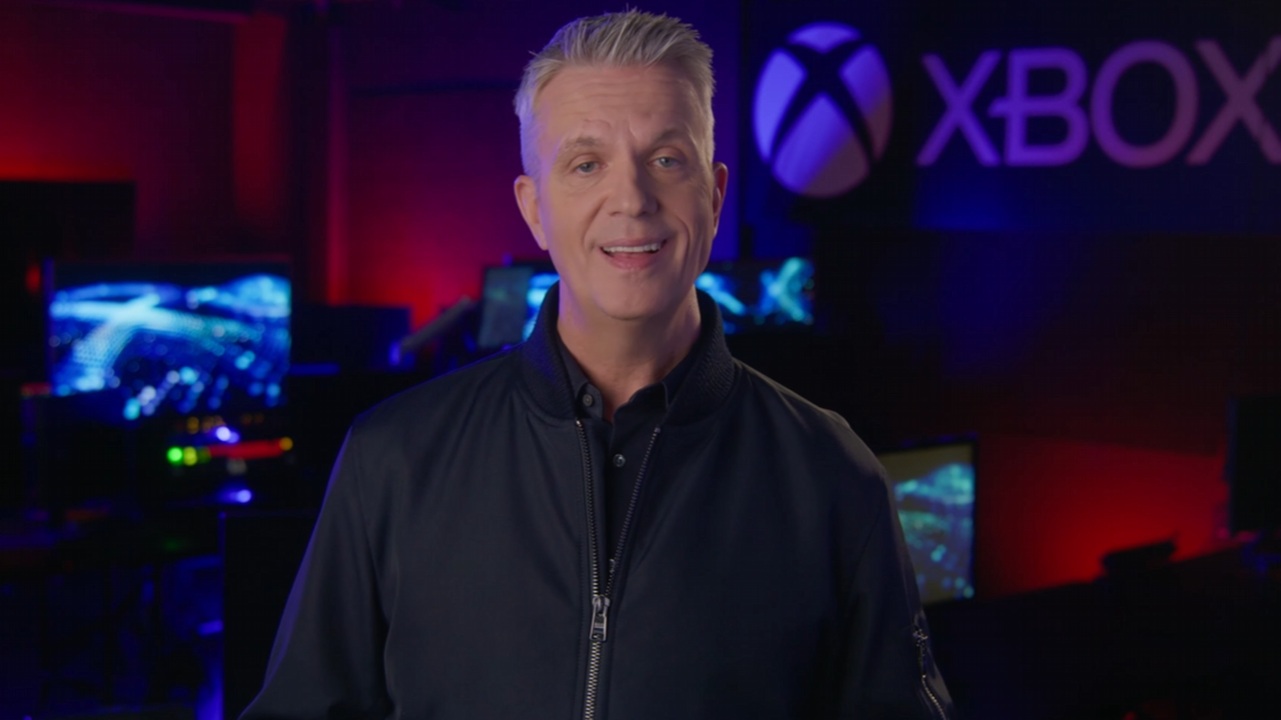CES 2020: NVIDIA'S VRSS upgrades 20 games, more to come
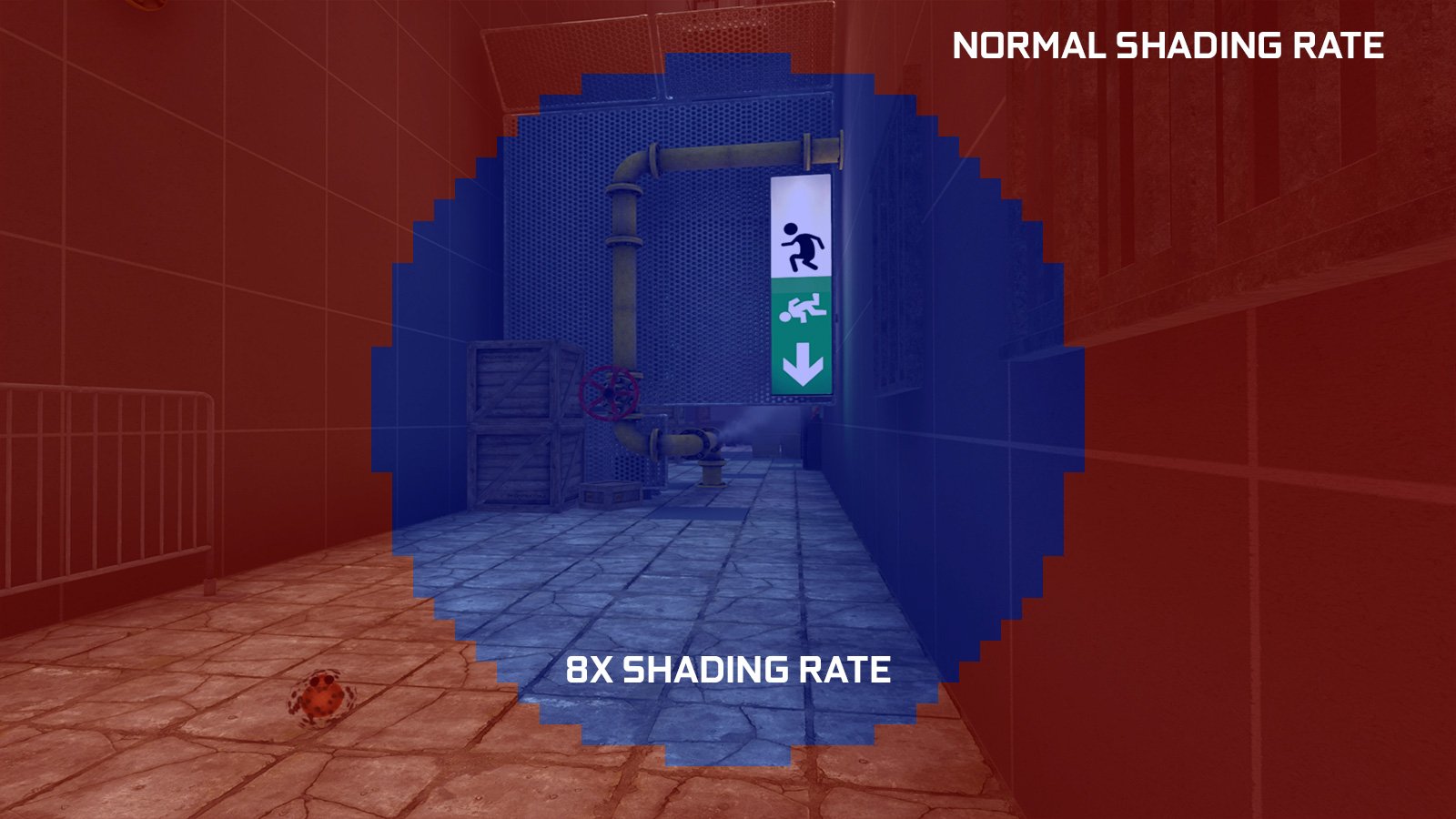
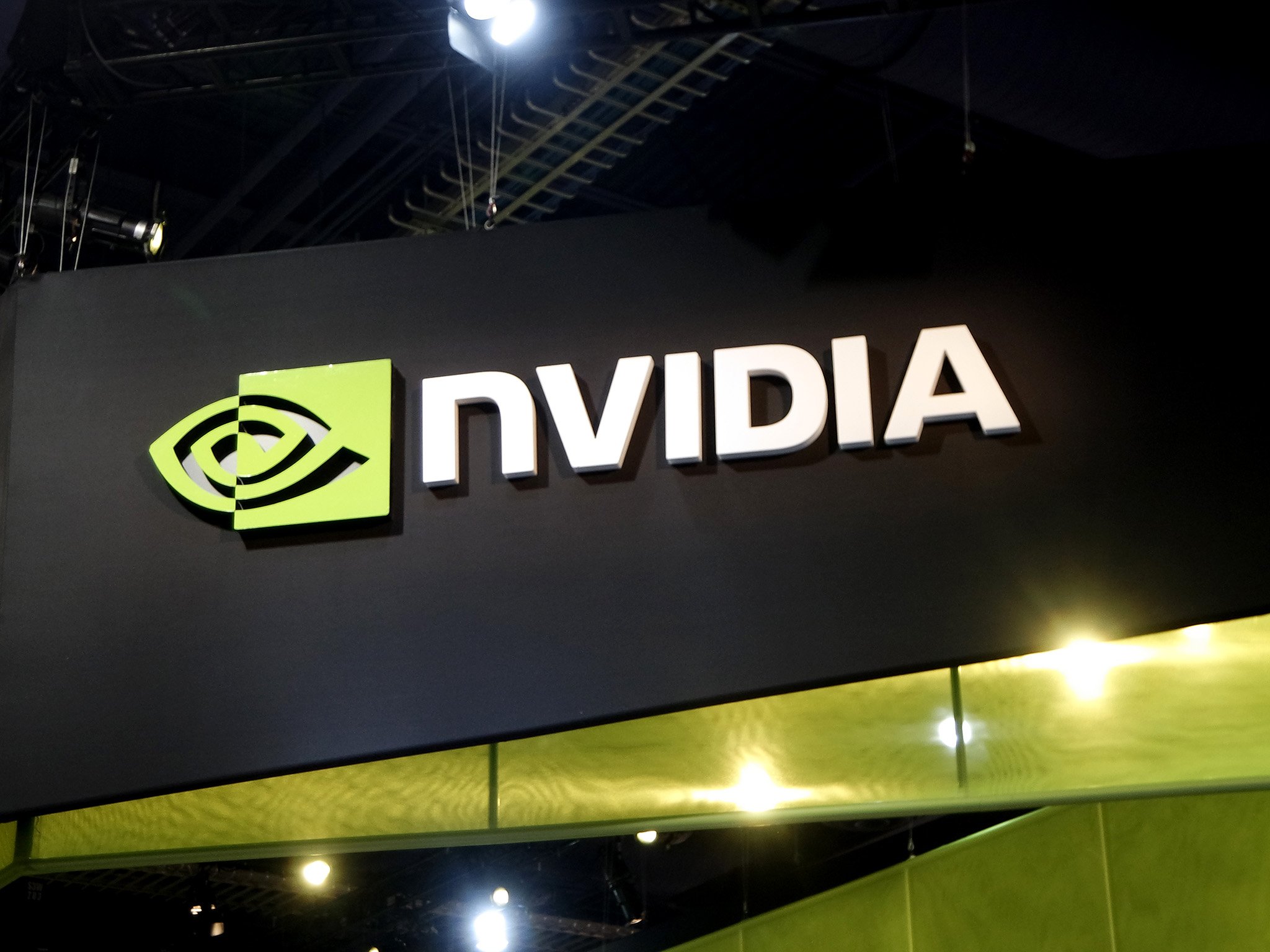
What you need to know
- NVIDIA's January 2020 driver update adds the option to enable VRSS.
- VRSS only works with RTX cards since it's a hardware-dependent implementation.
- NVIDIA is handling implementation with specific games, so new driver updates should increase the list of compatible titles.
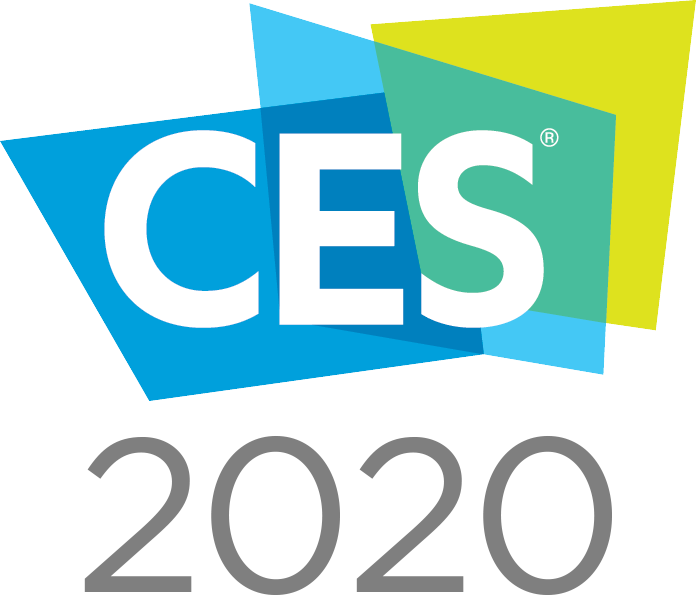
NVIDIA wasted no time in delivering its first big driver update of 2020, and this one is a doozy. Aside from some fantastic new features for traditional games, NVIDIA is delivering some delicious treats for VR gamers as well. Variable Rate Supersampling (VRSS) was something NVIDIA talked about when it announced its GeForce RTX line last year, but we've seen little from the feature since the launch of those cards. That all changes with this January 2020 driver update, which rolls out the automated feature for over 20 games (listed below).
So what in the world does all this mean? With NVIDIA's new VRSS driver update, developers won't have to build compatibility into their apps, as NVIDIA is doing that work for them. Much like Deep Learning Super Sampling(DLSS), VRSS intelligently chooses when to apply super sampling to the image to improve the visual quality of what you're seeing by making everything clearer and sharper. VRSS differs from other available super sampling tech in its shape; instead of rendering the entire image at a significantly higher resolution, VRSS only renders the center of the image at a higher resolution and leaves the outside alone.
When it comes to VR, it's more likely that you're looking right at the center of the lenses rather than anywhere else. Oculus currently outfits a similar concept on the Oculus Quest with Fixed Foveated Rendering, which renders the center of the image in a higher resolution than the outer edges. The difference here is that NVIDIA's method never renders less than 100% of the display panel's resolution, even on the outside, while the center can be rendered in up to 8x the resolution. That means an unbelievably crisp image right in the center of your field of view, all without negatively affecting the performance of your games.
Since framerate is of the utmost importance in VR to fend off motion sickness and headaches, NVIDIA is intelligently scaling the VRSS quality based on how fast your PC is able to render the game at hand. The alternative to VRSS is normal super sampling, which has been in use since platforms like SteamVR launched nearly four years ago. The problem with regular super sampling is that it renders the entire image in a higher resolution, even the parts you'll never look at, and often drops the frame rates to unplayable levels. That's a waste of computational resources which, especially in VR, are already stretched pretty thin in most regards.
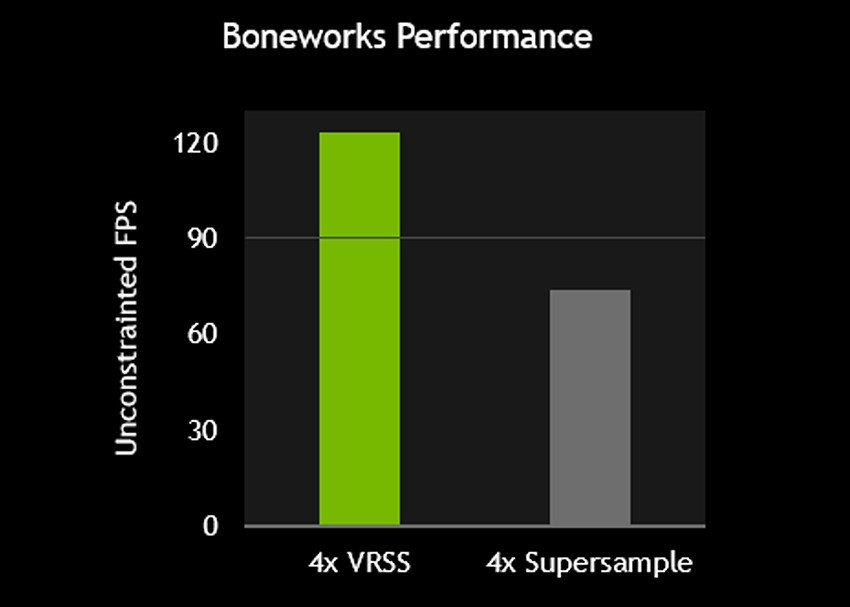
While you'll need an RTX-branded card from NVIDIA in order to take advantage of this, the most important part of the announcement is that developers won't have to implement this tech in their games, avoiding the hurtle that most features like this never cross over. Typically a cool feature like VRSS has to be built into a game from the ground up, meaning games that are already out will almost never be patched to include the new feature.
It also means that developers would have to target a specific hardware platform during development which, outside of a console, doesn't often happen. With NVIDIA's brilliant choice of making this a driver-level tweak, we should see new games added to this compatibility list with every new driver update going foward. To enable VRSS, open the NVIDIA Control Panel, select Manage 3D Settings, scroll to Virtual Reality – Variable Rate Supersampling, and select the "Adaptive" setting on the right.
- Battlewake
- Boneworks
- Eternity WarriorsTM VR
- Hot Dogs, Horseshoes and Hand Grenades
- In Death
- Job Simulator
- Killing Floor: Incursion
- L.A. Noire: The VR Case Files
- Lone Echo
- Mercenary 2: Silicon Rising
- Pavlov VR
- Raw Data
- Rec Room
- Rick and Morty: Virtual Rick-ality
- Robo Recall
- SairentoVR
- Serious Sam VR: The Last Hope
- Skeet: VR Target Shooting
- Space Pirate Trainer
- Special Force VR: Infinity War
- Spiderman: Far from Home
- Spiderman: Homecoming – Virtual Reality Experience
- Talos Principle VR
- The Soulkeeper VR
All the latest news, reviews, and guides for Windows and Xbox diehards.

Nick started with DOS and NES and uses those fond memories of floppy disks and cartridges to fuel his opinions on modern tech. Whether it's VR, smart home gadgets, or something else that beeps and boops, he's been writing about it since 2011. Reach him on Twitter or Instagram @Gwanatu

